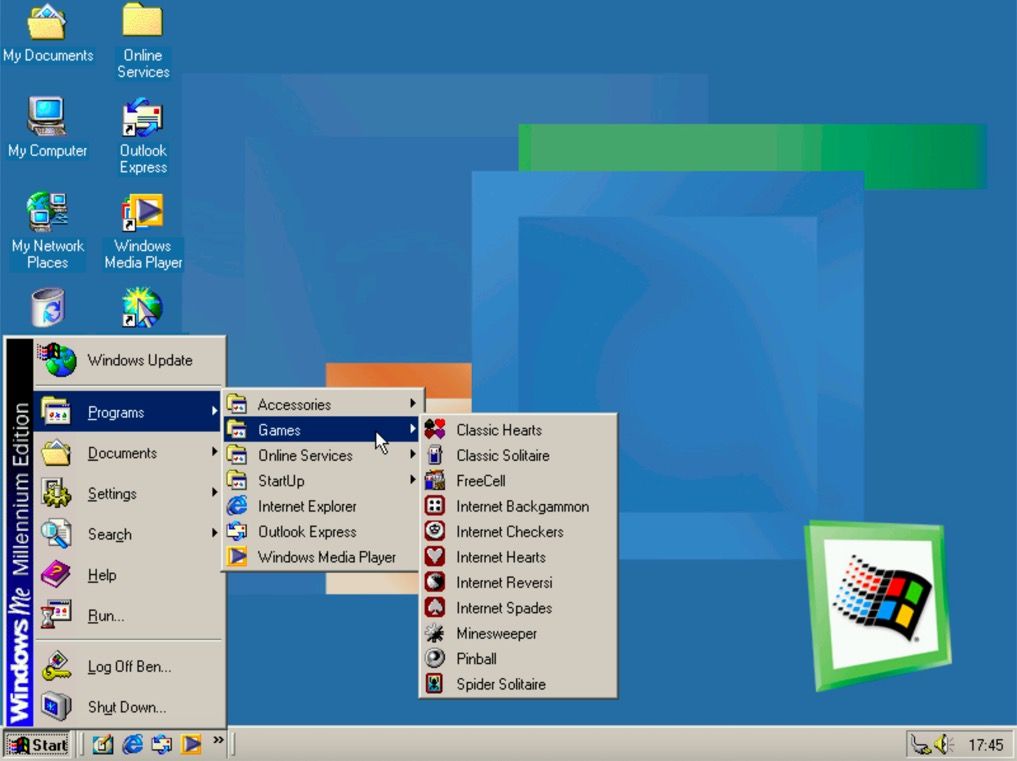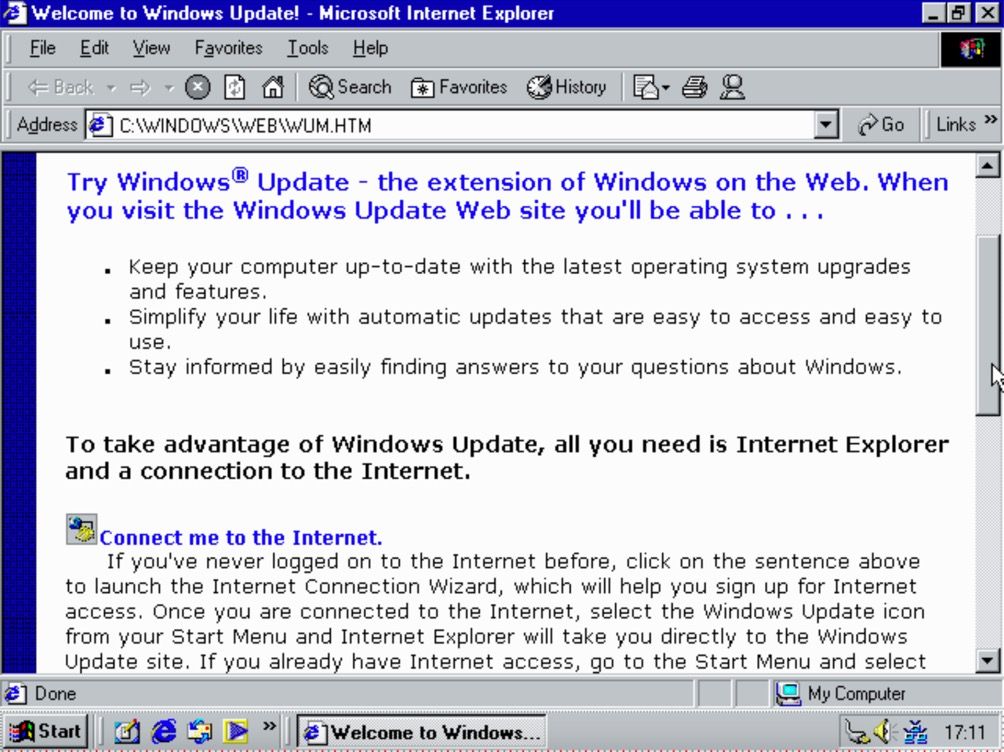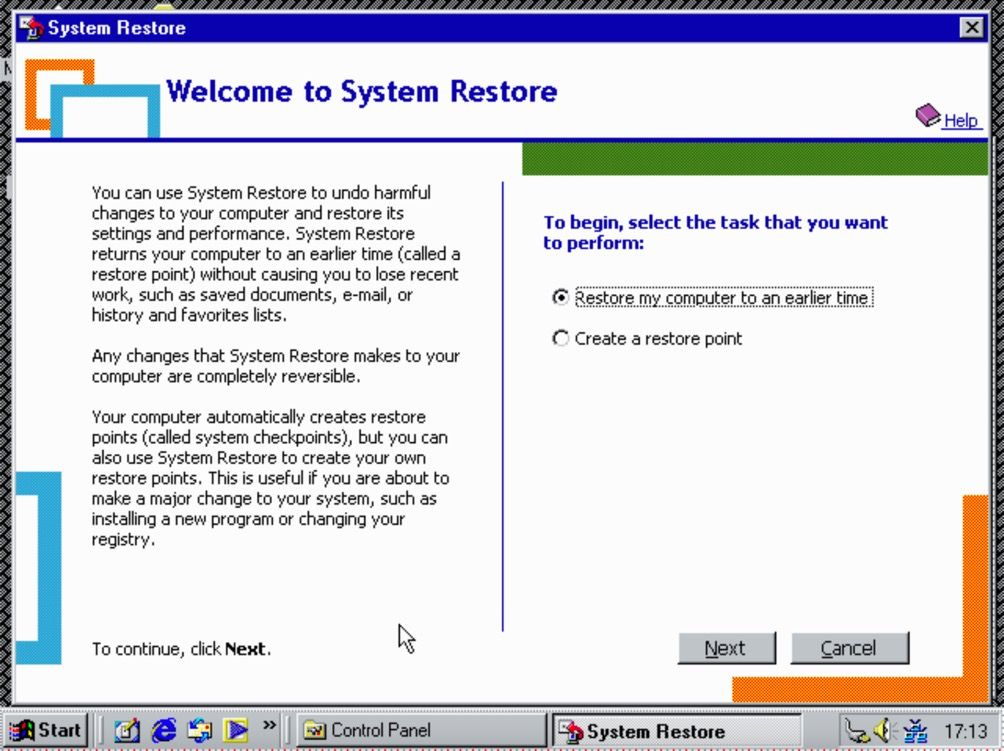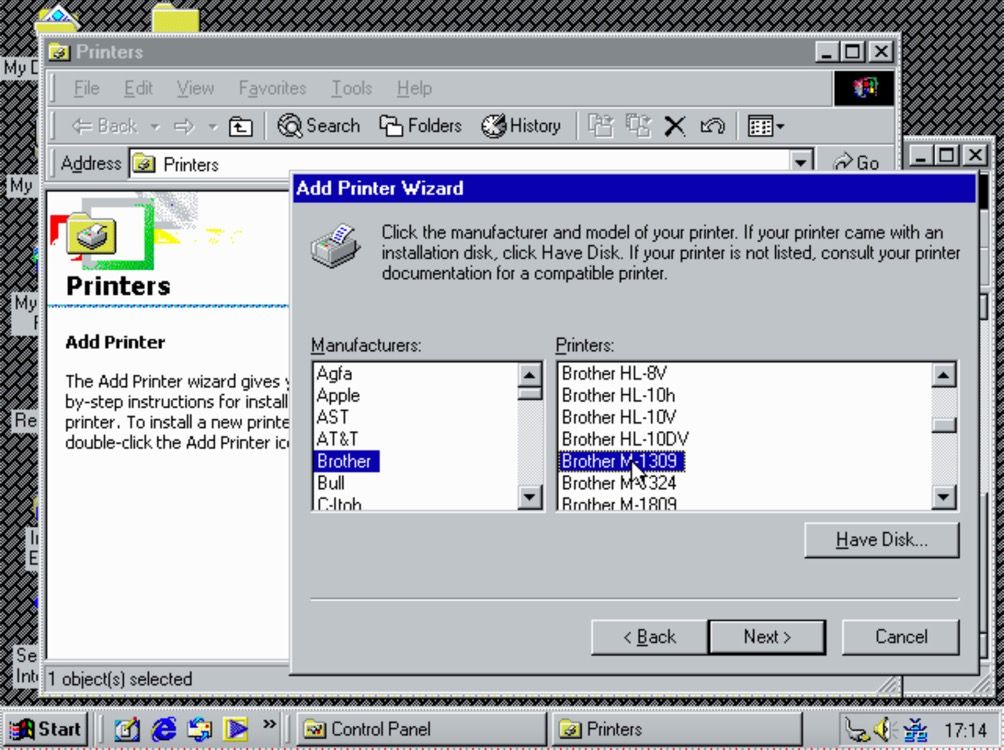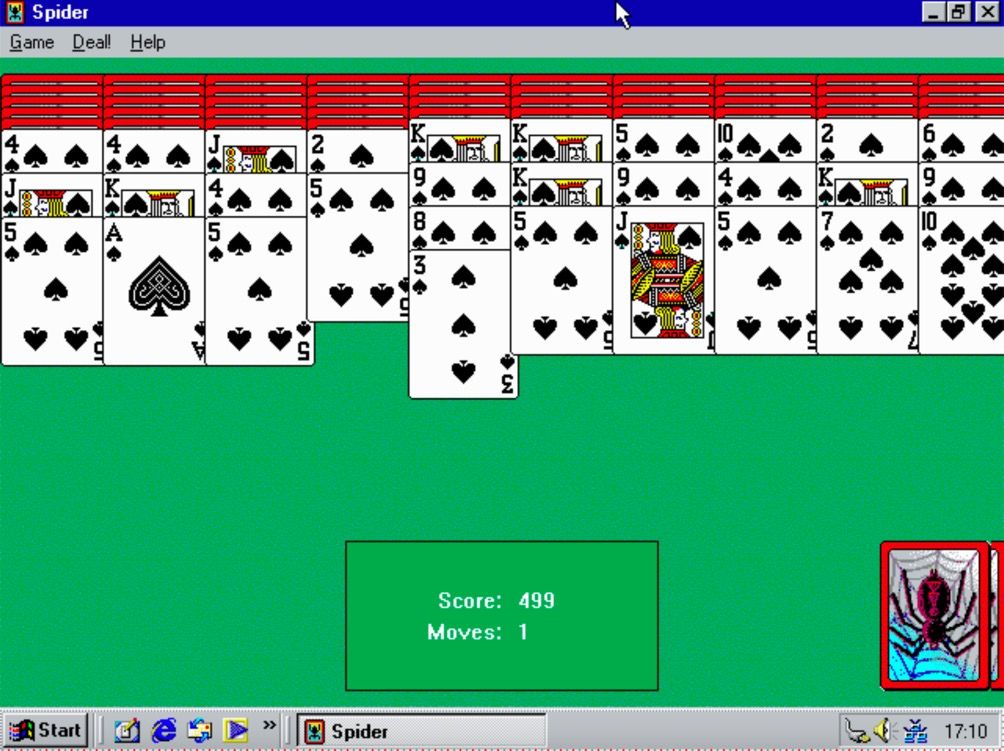Key Takeaways
- Windows Me was more revolutionary than most people realize, introducing features that we continue to use today, like automatic updates.
- Introducing mainstream support for USB storage devices and printers with Windows Me had a significant impact on modern computing.
- Windows Me does have a more positive and longer lasting legacy than most people realize, especially with popular apps like Pinball, Spider Solitaire, and Movie Maker that are still fondly remembered.
For readers of a certain vintage, Windows Millennium Edition isn’t a fond memory. It felt like a bug-ridden disaster, but I think that’s only half the story. If you look closely, Windows Me was more revolutionary than people realize, introducing a number of features that we’d never be without today.
Was Windows Me Really That Bad?
When Windows Me came out in 2000, I was around 10 years old. My parents, not long afterward, upgraded to a new PC. I don’t remember the specs, and I only vaguely remember that it was a Compaq, but one thing I do remember is the OS: Windows Millennium Edition.
The second thing I remember is the crashes. Oh, was this machine unstable. It didn’t have anything near the polish that Windows 98 SE did on our old PC. That experience wasn’t isolated, either. Back in 2006, once the dust had long settled and the world had moved on, PC World described Me as Windows Mistake Edition, calling it one of the worst tech products of all time.
A Blue Screen of Death (BSOD) for Windows Me that appeared during my testing.
Meanwhile, How-To Geek’s old editor Chris Hoffman described Me as a “strange pitstop” before XP’s release in his Windows Me 20-year retrospective. This is how the Millennium Edition sits in most people’s memory. It lacks the XP nostalgia factor and the charm, but plenty of bad memories persist.
Millennium Edition Introduced the First Automatic Updates for Windows
So, Windows Me wasn’t good, but was it all bad?
No, because one of Windows’ best features today was first released for users in Millennium Edition. It was the first release that introduced automatic updates for Windows PCs. Without automatic updates, it’s almost a certainty that most of the Windows PCs in use today would be out of date, leaving us all unsafe as a result.
Sure, Windows Updates can be a little annoying sometimes, especially if a Windows Update fails, but it’s better than the alternative. Before Windows Me, you had to update your Windows PC manually. As the number of PC’s skyrocketed in the late 1990s and early 2000s, that was putting all of us at risk.
System Restore Made It Easier to Roll Back Changes
Another useful feature for Windows Me users was the ability to roll back changes, thanks to the wonder of System Restore. I’ll be the first to admit that this didn’t always work, but System Restore allows you to roll back your PC to an earlier state, to wipe away any bad updates, driver changes, or nasty viruses.
There’s a reason why this was important, and it’s another trip down memory lane to explain why. When Windows 98 SE failed on our earlier Pentium MMX PC, it left my dad flummoxed about how to fix it. He wasn’t an IT engineer, but he’s always been someone who prefers to troubleshoot problems, rather than outsource them.
A feature like System Restore could have made it easier for my dad to fix that earlier PC. Often, on our newer Me PC, it did make it easier. There were plenty of occasions when a rollback was required to fix a problem with a driver install or a new update. System Restore is still a Windows feature and, while it’s not really used as much, it made fixing PCs in the early 2000s a lot easier.
Windows Me Added Support for USB Storage Devices and Printers
USB wasn’t new to Windows Me, but it did make it better. It added better support for USB peripherals, like programmable mice, but even bigger was support for USB storage devices.
Windows Me was the first Windows operating system to add generic drivers and support for USB storage devices. While flash drives were very much in their infancy in 2000, their introduction made it much easier to share files between devices. The bigger impact at the time was support for USB printers. Before USB, you’d usually need to use a parallel port or a serial port to plug in your printer. These weren’t plug-and-play friendly, by any means, and weren’t as fast as USB.
These changes were pivotal. USB storage has completely changed how we share data outside the internet. Floppy disks rapidly died, and so did other anachronistic storage like ZIP drives. Printers, never a fashionable thing, very swiftly moved over to USB, and you won’t find a parallel port on most modern motherboards these days, either.
Windows Me Introduced Old Favorites Like Movie Maker, Pinball, and Spider Solitaire
USB is great and all, but Windows Me’s biggest contribution to every student and office worker out there rests in two apps: Pinball and Spider Solitaire. And, for everyone else, Movie Maker, too.
Spider Solitaire technically made its way into Windows 98 through the Plus! expansion, but only reached the big leagues with Windows Me. Pinball was another Plus! release, this time from Windows 95, but it gained a full release in Millennium Edition. These are still both genuinely fun, casual games to play. While they aren’t integrated into Windows anymore, you can still download Pinball for Windows 11, while plenty of third-party Solitaire games exist in the Microsoft Store.
Windows Movie Maker was officially brand new with Windows Me’s release, though. It wasn’t great, it wasn’t feature-filled, but as a kid, I remember using it a lot to make and edit rather basic videos. In the end, I actually think that it’s a shame that Microsoft didn’t give Movie Maker much love.
I agree with Chris Hoffman’s assessment that Windows Millennium was a stopgap. Windows XP launched a year later, based around the NT kernel that the business-focused Windows 2000 used. XP offered a whole lot more stability and plenty of functionality improvements that immediately made Windows Me obsolete. XP was my daily driver OS for several years longer than Windows Me ever was, and I’m far more nostalgic for it.
By every stretch of the imagination, Windows Me was a failure, but some good came from it. The features I’ve mentioned really did revolutionize both Windows and modern computing. That’s before we consider things that Windows Me introduced that I didn’t mention, like better networking support, built-in image previewing, better Windows system file protection, or the little-known Windows Image Acquisition API, which provided a standardized method for digital cameras and scanners to work with Windows.
So, if you’re old enough to remember Windows Millennium Edition, don’t look back in anger. Instead, remember it as it was. A flawed stepping stone to bigger and better things. Without it, some of what we know, recognize, and remember about Windows just might not exist today.


